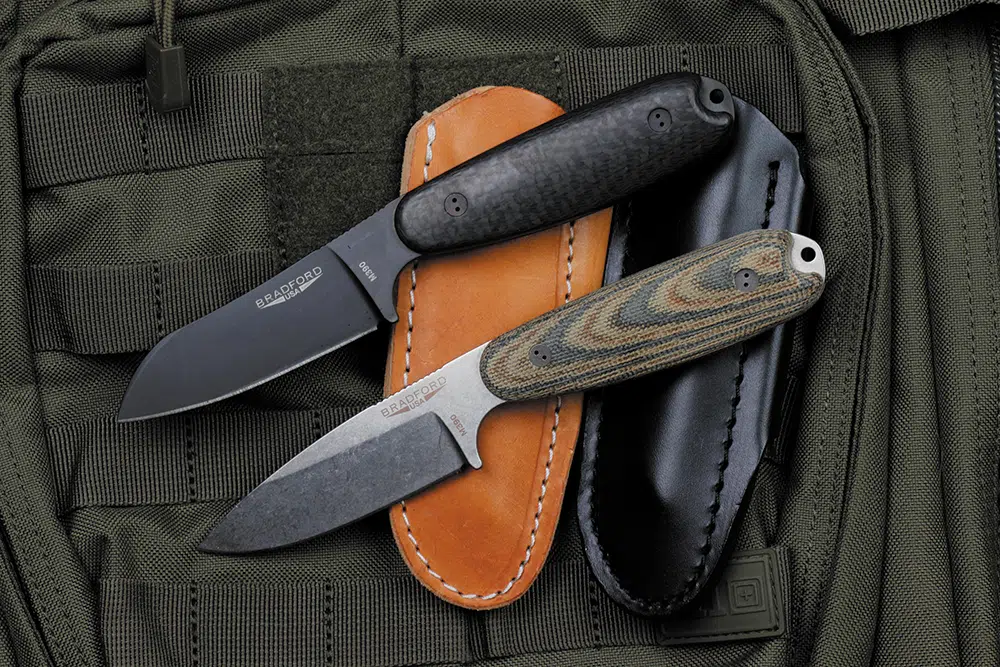For any seasoned kitchen professional, selecting the correct blade length options is crucial to achieving precision and efficiency in culinary tasks. The arsenal of a chef is incomplete without a deep understanding of how different blade lengths serve distinct purposes. In this guide, we're exploring the myriad of options and the roles they play in everyday kitchen scenarios.

Blade Length Options: Why Size Matters
In a culinary world where detail is king, the length of a knife's blade determines its utility. Whether you're dicing vegetables with perfection or carving a roast, each task demands a specific blade size for accuracy and ease. Lets delve into why blade length is a pivotal consideration for kitchen professionals.
Short Blades: Precision and Control
Short blades, typically ranging from 2 to 5 inches, offer unparalleled precision. Ideal for detailed work such as peeling garlic or coring fruits, their smaller size allows for greater control. Short blades are an asset for tasks that require delicacy or when working in close quarters, making them invaluable to any professional kitchen portfolio. For more insights on choosing the best chef knife, explore our detailed guide.
Mid-Sized Blades: The Versatile Helpers
Blades that measure between 6 to 8 inches fall into the versatile category. These knives are the generalists of the kitchen world. Whether you're slicing onions, chopping herbs, or filleting fish, mid-sized blades provide the flexibility needed for a wide array of culinary chores. They are the go-to for chefs who need an adaptable tool at their disposal.
Long Blades: Power and Reach
Long blades, extending beyond 8 inches, are designed for power and reach. These are perfect for slicing through larger items, such as watermelons or hefty cuts of meat. With longer blades, one swift motion can accomplish tasks that otherwise require multiple cuts. Kitchen professionals appreciate these blades for their ability to handle bulk kitchen tasks with ease.
The Balancing Act: Choosing Blade Length
Choosing the right blade length is often a balance between the task at hand and personal comfort. While longer blades provide reach and strength, they require more skill to maneuver. Conversely, shorter blades, while easier to control, may not be suitable for high-volume cutting tasks.
Advanced Knife Skills: Mastering Your Blade
Once the right length is chosen, mastering the skills needed to effectively wield your knife is critical. Understanding grip, angle, and motion are essential skills for any professional chef. Theres more to learn about knife handling, as highlighted in our blog on blade thickness considerations.
To further hone these skills, consider attending workshops or reading professional guides to stay ahead of the curve. Resources such as understanding knife types can provide further knowledge.
Conclusion: Tailoring Blade Length to Task and Preference
In a professional kitchen, the choice of blade length options is as critical to culinary success as the ingredients themselves. From short blades offering control to long blades providing power, selecting the right tool for the job is key. For more comprehensive insights, check out our related posts on kitchen equipment optimization.

FAQ: Common Questions About Blade Length
-
What is the ideal blade length for a chef's knife?
A chef's knife typically ranges from 8 to 10 inches, offering versatility in both chopping and slicing tasks. -
Why do industry professionals prefer longer blades?
Longer blades are preferred for their ability to facilitate larger cuts with fewer strokes, improving efficiency in high-stakes environments. -
How do I choose the right blade length for my needs?
Consider the size of the food items you work with regularly and balance this against your comfort handling the knife.
This article contains affiliate links. We may earn a commission at no extra cost to you.


























